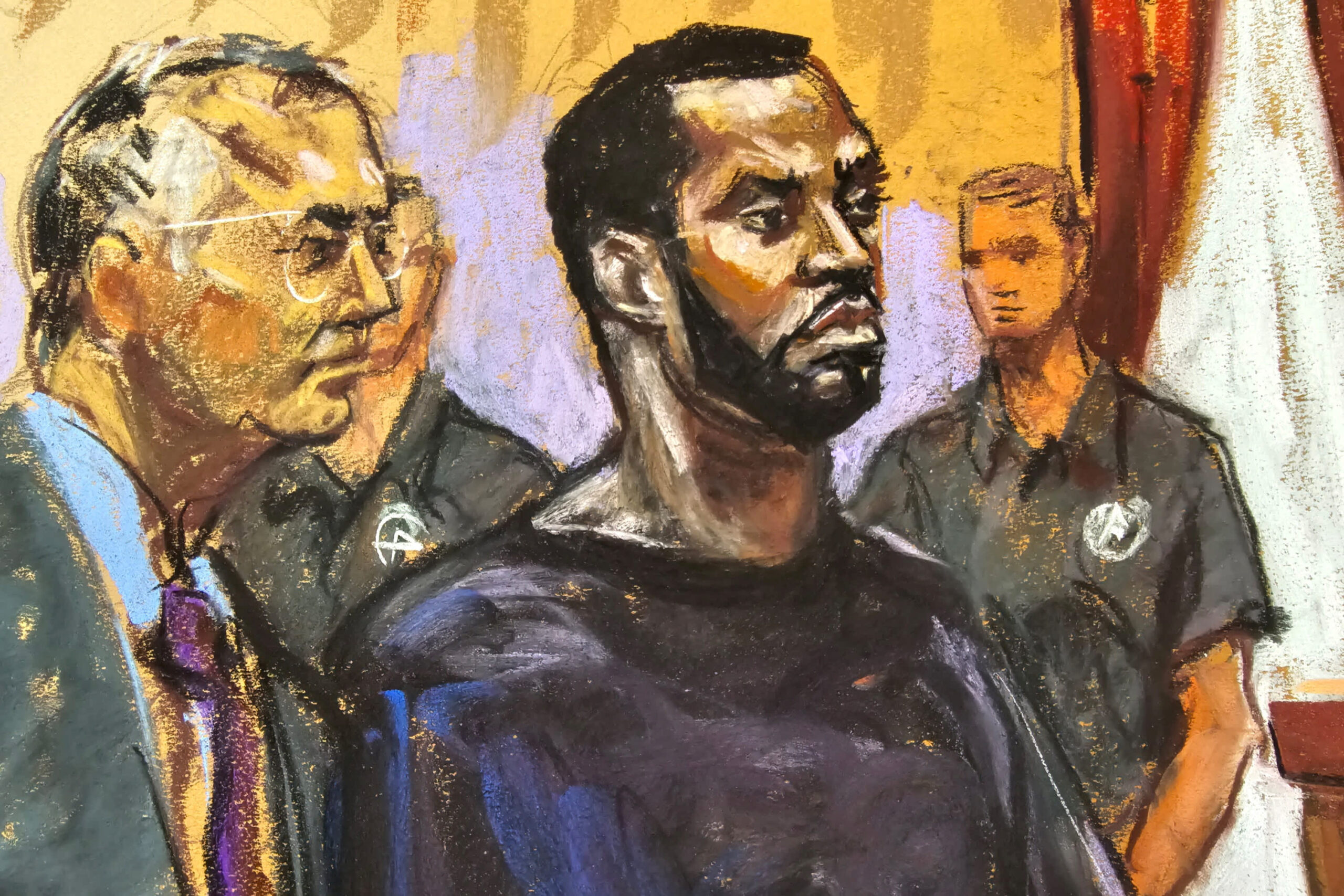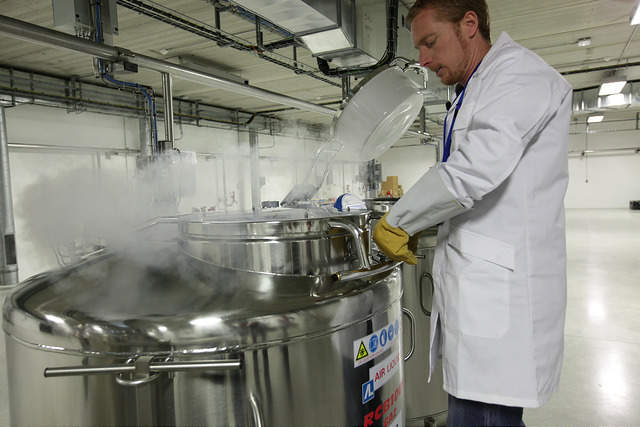
Shirley Smith knew the pros and cons when she bought a house in Old Seminole Heights in 2017, less than a couple hundred feet from Interstate 275.
She got used to the hum of traffic at night, the occasional blaring music and truck horns. And she held out hope for a noise-reducing wall, completed this year, to eventually make her life easier.
But she learned last month that her slice of the highway might get wider, allowing more cars to pile on to the thoroughfare that cuts through Tampa’s urban core — a con she can’t accept. Smith was moved to speak out at a public meeting for the first time.
“The highways decimated communities and neighborhoods,” said Smith, who directs the office of community engagement for University of South Florida’s college of medicine. “We know better, so why aren’t we doing better?”
Since June, activists and residents of Tampa neighborhoods have rallied against a revived attempt by Hillsborough County’s transportation planning organization to widen I-275 from the Hillsborough Avenue exit, near Old Seminole Heights, to Bearss Avenue, north of USF.
The planning organization, which prioritizes federal and state transportation funds, had previously ditched the widening in 2021 amid resident opposition. But County Commissioner Joshua Wostal, in an 8-7 vote, led the charge to bring the project back as a funding priority.
Wostal said previous transportation planners set a bad precedent when they cut a vetted project from the list. A 2019 study from the Florida Department of Transportation suggested a wider I-275 from Hillsborough to Bearss avenues could reduce congestion and aid emergency evacuation in the county.
Transit advocates think differently. Those that have fought a wider I-275 for the better part of a decade see the plan as another $260 million down the drain that could instead fund the region’s slow-moving public transit priorities.
For transportation advocates like Rick Fernandez, the renewed spat over I-275 is a reminder that, for now, his side of the bay is headed in the wrong direction.
New lanes are already under construction for some segments of the interstate in Hillsborough and Pinellas counties, including the section that grazes his street in Tampa Heights, Elmore Avenue.
Fernandez, president of the Tampa Heights Civic Association and a citizen adviser to the transportation planning organization, was assured that the state transportation agency wouldn’t have to claim more land to widen the interstate. The same assurance has been made to residents of the Hillsborough to Bearss avenues section now slated for widening. But in Tampa Heights, lanes will jut out in some areas by an extra 50 feet, bumping back a pedestrian trail and wiping out greenery, he said.
“They already owned the green space, already purchased and destroyed the homes [decades ago],” Fernandez said. “I felt we were lied to.”
The region’s heated conversations over a larger interstate began in 2015, when the state transportation department proposed a 90-mile widening project that would have expanded the footprint of I-275 throughout Tampa Bay.
Fernandez, a Tampa Heights native, had moved into his interstate-adjacent home three years prior. The project, called TBX at the time, propelled his engagement with transportation policy. Other activists followed, forming an advocacy group called Sunshine Citizens.
“I left that meeting angry and pretty well convinced that this was going to become a big part of my life,” Fernandez said.
The wave of opposition forced the state agency to take a step back. Two years later, state officials introduced Tampa Bay Next, which split the interstate widening plan into segments, allowing regional planners to halt or alter particularly unpopular proposals. The plan also funded a study to put a dedicated bus lane on the interstate.
Since Tampa Bay Next was introduced, multiple I-275 widening projects have moved quickly. Cars drive along express lanes in Pinellas County approaching the Howard Frankland Bridge. The new bridge will have express lanes too. More lanes along the interchange between I-4 and I-275 are under construction.
“TBX collapsed, but pieces of it are still manifesting,” Fernandez said. “It was this huge soufflé. Now it’s coming back to us in cupcakes.”
Meanwhile, the transit promises of Tampa Bay Next are in the same position: stuck in the study phase, without local dollars to begin design or construction.
Stalled public transit projects
Wostal said he’s a fan of faster bus service, too — but he’s trying to plan on behalf of an entire county, where residents from Temple Terrace and Wesley Chapel use I-275 as the main artery between work and home.
Elizabeth Grimes drives I-275 between Hillsborough and Bearss avenues most days to pick up her daughter from her daycare in New Tampa. On a Friday during afternoon rush hour, she inched her car forward along the interstate, dodging hastily merging SUVs. Her arrival time ticked up 10, 20, then 30 minutes beyond the initial estimate on her GPS.
Grimes opposes widening the segment of I-275 she drives near-daily.
“I don’t think it’s going to help. I think it’s going to be more sh-t like this,” she said, gesturing at the wall-to-wall traffic.
“I don’t know what the solution is, but I don’t want to live like this,” she added.
Grimes has tried to use Tampa’s patchy public transit. She’ll ride Tampa’s TECO Streetcar to events at Amalie Arena. But sometimes service stops before she leaves the venue. It’s not enough, she said.
In a Hillsborough County transportation survey of 4,600 residents, about three-quarters said they favored proposed transit projects. Around 61% supported widening I-275.
The region’s “Achilles heel” is a lack of local funding, said David Gwynn, district seven secretary for the Florida Department of Transportation, in an email.
The city of Tampa has yet to provide a local match to the $67 million grant awarded four years ago by the state agency to modernize and extend the streetcar into Tampa Heights. Local public transit projects, unlike the interstate, often require local funds on top of state and federal dollars.
The same can be said for rapid bus service between downtown Tampa and USF. That project, which has been studied since 2019, was kneecapped when the Florida Supreme Court struck down a Hillsborough County transportation sales tax as unconstitutional. Hillsborough’s transit agency has operated a limited version of the service while it waits for local funds.
Political will
Dayna Lazarus, an urban planner and co-founder of the Facebook group Transit Now Tampa Bay, said the lack of local funding stems from inconsistent political will. Transit projects get floated, then underfunded, then forgotten, she said.
“We have political amnesia here, where if someone isn’t yelling, our elected officials forget about it,” Lazarus said.
Lazarus hasn’t given up on finding a more permanent funding source for Hillsborough County’s $29 billion in unfunded transportation needs. Her group of advocates plans to petition to put the transportation sales tax back on the ballot in 2026 after voters rejected it in 2022.
Meanwhile, she has reason for hope. Tampa City Council members took an initial step to allot $1.5 million to a year-long free bus between downtown Tampa and USF last week. If ridership numbers increase, that trial could lead to permanent rapid bus service, Lazarus said.
Lazarus posed the idea to council member Lynn Hurtak in June, right after she learned I-275 could get wider.
“I was fed up. I was pissed,” Lazarus said. “I started organizing and said we need to move stuff forward.”
Three months later, she’s busy moving something forward — a welcome reprieve from this summer’s battle.
EMEA Tribune is not involved in this news article, it is taken from our partners and or from the News Agencies. Copyright and Credit go to the News Agencies, email news@emeatribune.com Follow our WhatsApp verified Channel





